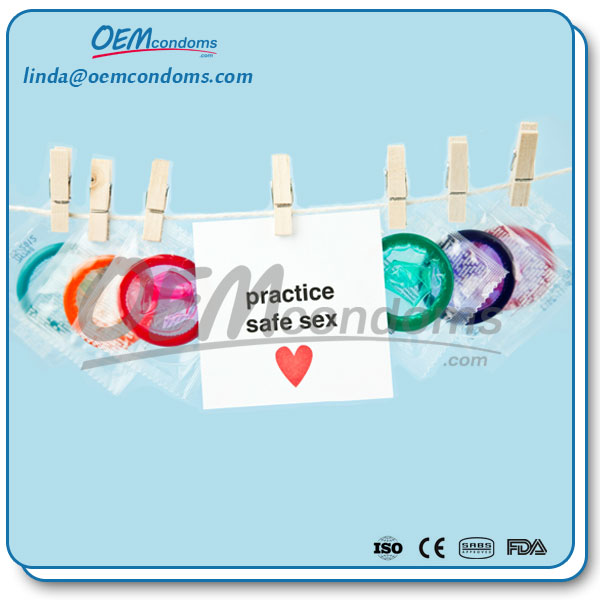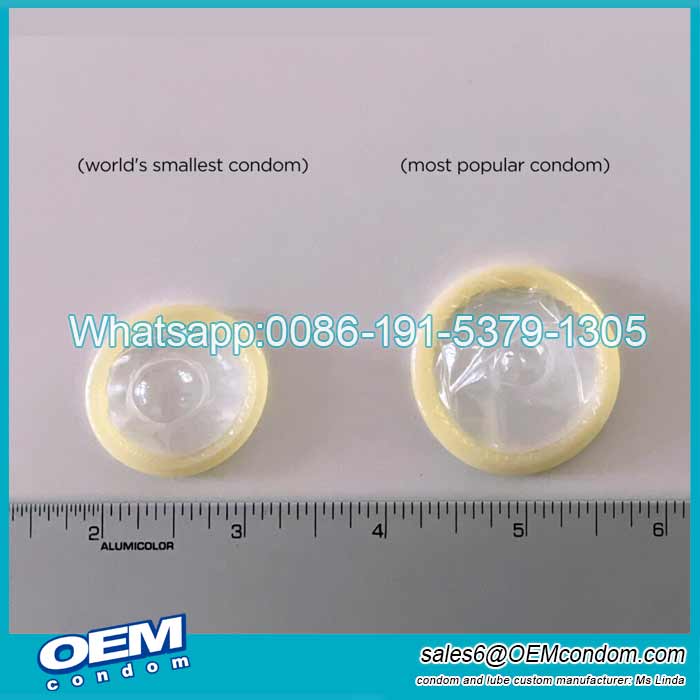How do condoms prevent the HIV and STIs?

Condoms prevent transmission by reducing the risk that an exposure to HIV or STIs occurs during sex. Laboratory studies show that the materials used to make most condoms (such as latex, polyurethane , polyisoprene and lambskin) do not allow bacteria, viruses or other germs to pass through them. Therefore condoms act as a barrier to HIV and STI infection by preventing the mouth, vagina, penis and rectum from being exposed to:
- bodily fluids (such as semen, vaginal fluid and rectal fluid) which can contain HIV and STIs
- skin infected by an STI (such as herpes and syphilis sores or genital warts).
The lambskin condom is not effective at reducing the risk of HIV or STI transmission because bacteria, viruses and other germs can pass through this membrane. Condoms are usually made of latex. There are a variety of different shapes, colours, textures, and tastes of condoms available which can actually increase the romance of the sexual activity. Try to select and use a quality condom whenever possible. Custom brand condom suppliers and factories. Email: [email protected]






